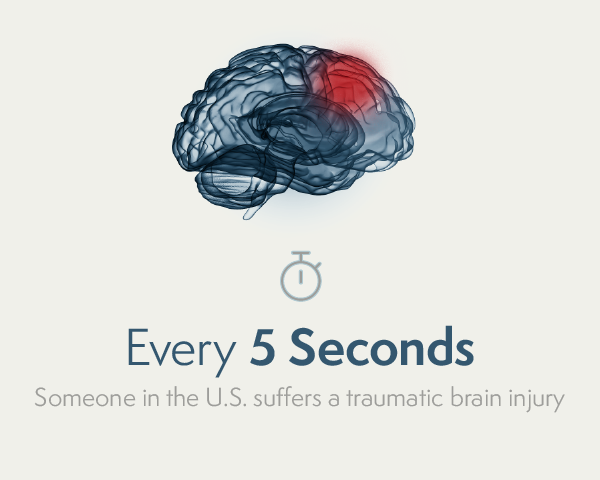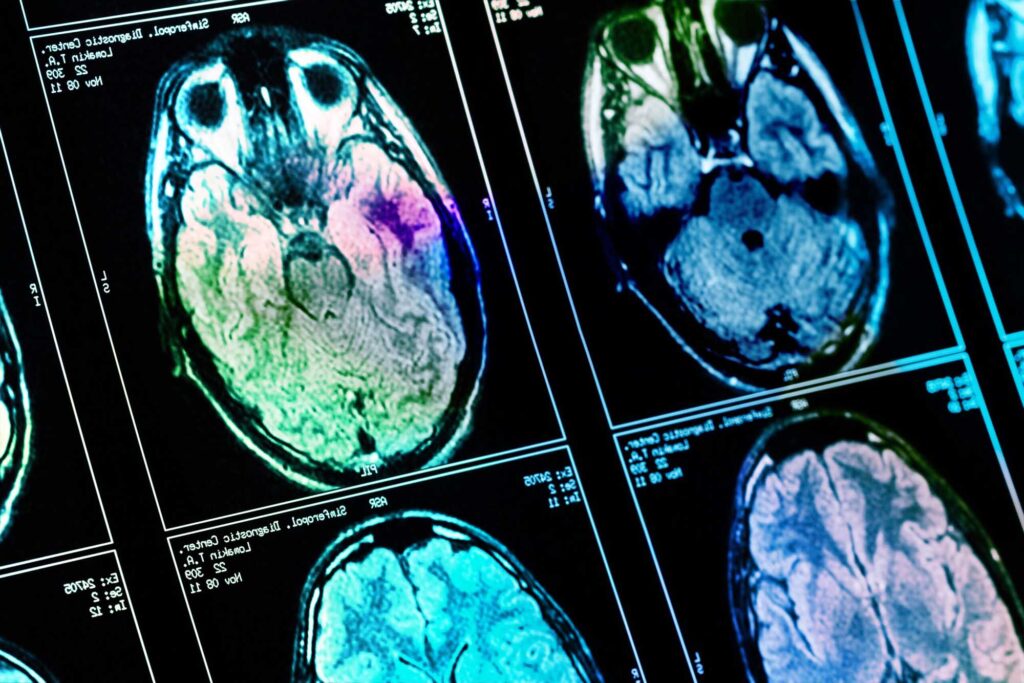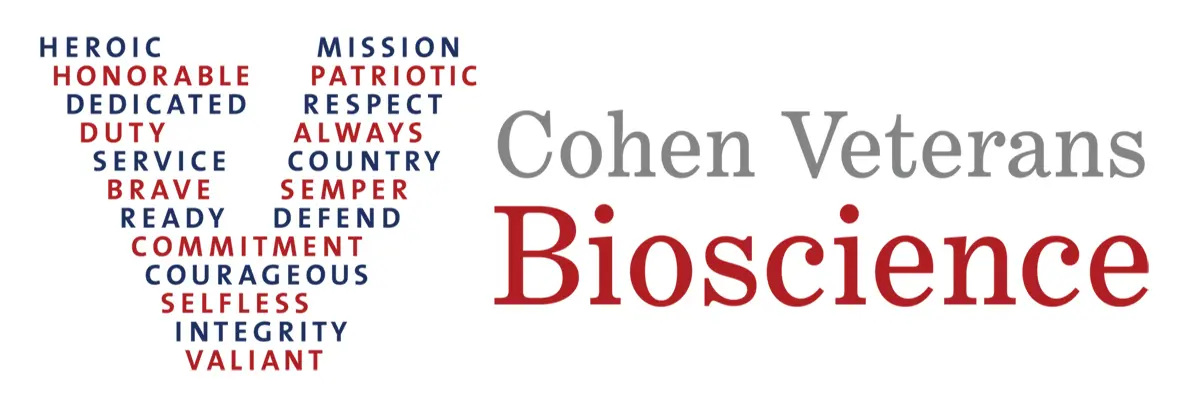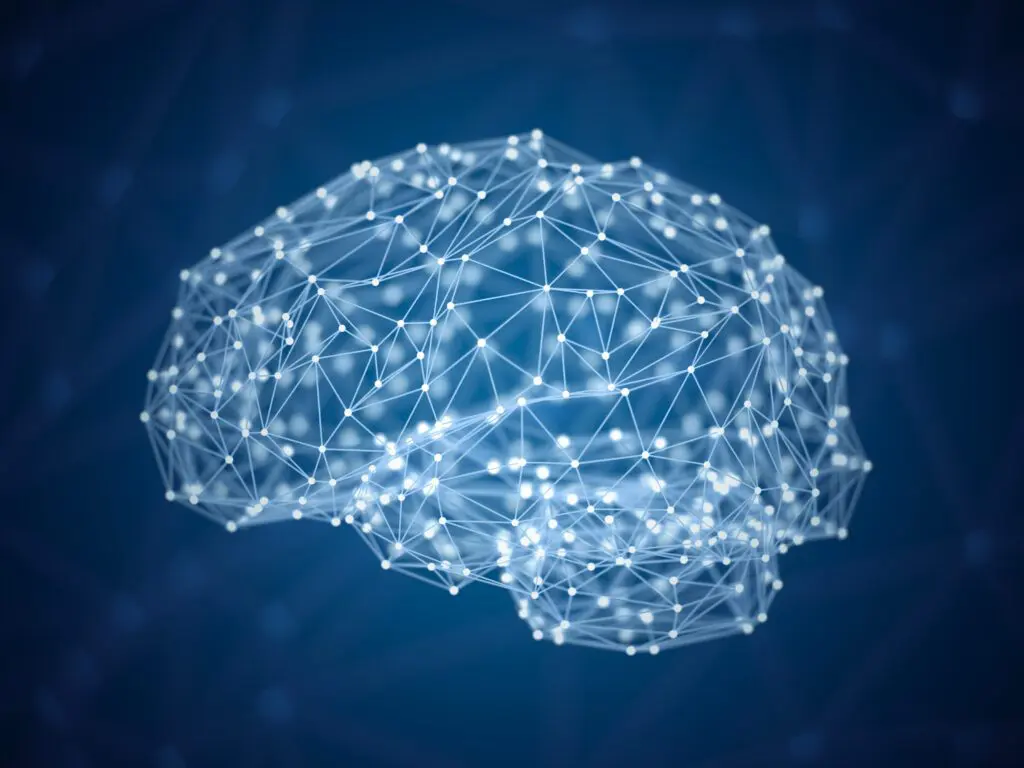TBI Facts
- 5.3M Americans are living with a long-term disability due to a TBI¹
- Every 5 seconds, someone in the U.S. suffers a traumatic brain injury²
- Over 5,000 Americans die each month from a TBI-related injury³
- TBI is the most common traumatic injury in the U.S. military⁴

What is Traumatic Brain Injury (TBI)?
Traumatic brain injury (TBI) can be mild or severe and is defined as damage to the brain resulting from an external mechanical force, such as rapid acceleration or deceleration, impact, blast waves, or penetration by a projectile.5
TBIs are currently classified as mild, with a brief change in mental status or consciousness (commonly called concussions), moderate, or severe, with an extended period of unconsciousness and an associated higher likelihood of death.
This is based on the immediate severity of the injury, not on the symptoms someone may suffer months or even years later.
Despite the misconception that a TBI is an event that occurs in isolation, for many individuals, a TBI is a chronic disease, with nearly 5.3 million people in the United States living with a permanent TBI-related disability.
What is it like to live with Traumatic Brain Injury?
Read insights from Veterans and stories of people living with brain trauma
Additional Resources on ‘What is Traumatic Brain Injury (TBI)?’

2.87M
TBI is a leading cause of death and disability affecting at least 2.87 million Americans each year.
0
434k+
More than 434,000 service members experienced TBI from 2000 to 2020.
5.3M
Despite the misconception that a TBI is an event that occurs in isolation, for many individuals, a TBI is a chronic disease, with nearly 5.3 million people in the United States living with a permanent TBI-related disability.

Symptoms of Traumatic Brain Injury (TBI)
TBI symptoms and signs can include a number of damaging physical, cognitive, behavioral, and emotional impairments, such as sleep disturbances, headaches, dizziness, sensitivity to light and noise, ringing in their ears, fatigue, depression, anxiety, mood swings, difficulty concentrating, impaired decision making, memory lapses, and personality changes.
Additional Resources on ‘Symptoms of Traumatic Brain Injury (TBI)’
How is a Traumatic Brain Injury (TBI) Diagnosed?
Testing for brain injury usually begins with a neurological examination to evaluate thinking, motor and sensory function, coordination, eye movement, and reflexes.
Imaging tests such as an MRI or CT scan may also be performed, but these cannot detect all TBIs. This is of particular concern for those TBIs categorized as mild, with estimates suggesting that 80-90% of all traumatic lesions can be missed, with MRI showing better sensitivity than CT. In recent years, new tools to aid in diagnosing mild TBI or concussion have come to the U.S. market, but none of these medical devices is intended to be used alone to diagnose a TBI.
Currently, there are no universally accepted diagnostic standards, and further objective diagnostic methods are needed as many TBIs are under-detected and under-treated.
Additional Resources on ‘How is a Traumatic Brain Injury (TBI) Diagnosed?’


Treatment for Traumatic Brain Injury (TBI)
TBI treatment is based on the severity of the injury. Generally, TBI recovery involves managing the symptoms of the underlying injury.
For mild TBIs, generally, no treatment is administered outside of instructions to rest and monitor for persistent or worsening symptoms.
Moderate to severe TBIs require immediate emergency medical treatment to assess the extent of brain injury, and minimize any secondary damage due to inflammation, bleeding, or reduced oxygen supply to the brain. This secondary treatment can involve anything from surgery to removing blot clots, repairing skull fractures, and reducing bleeding in the brain to medications for treating symptoms such as seizures. Some patients who experience a moderate to severe TBI will eventually undergo rehabilitation to relearn basic skills, such as walking or talking.
No therapeutics for TBI have successfully advanced to FDA approval.
Additional Resources on ‘Treatment for Traumatic Brain Injury (TBI)’
Military Veterans and Traumatic Brain Injury (TBI)
For military Veterans living with TBI and brain injury, statistics show the invisible wounds continue long after they return home.
The invisible wounds of war—including traumatic brain injury (TBI)—are common among those with military experience. Living with these conditions can be challenging for the person with the diagnosis, their family members, and their caregivers.
Additional Resources on ‘Veterans and Traumatic Brain Injury (TBI)’


Traumatic Brain Injury (TBI) and Suicide Risk
Veterans living with TBI are at a higher risk of suicide, as they spend years waiting for a diagnosis that will explain their symptoms or cycle through numerous treatments without finding relief.
Brain trauma changes the structure and function of the brain and can lead to various cognitive, physical, and emotional symptoms. Some of these symptoms may appear immediately after the traumatic event or brain injury, while others may be delayed, emerging months, or even years later. This complexity makes diagnosing and treating TBI more difficult.
Delayed diagnosis and ineffective treatments can result in the most devastating outcome of all, suicidality. For the first time in our nation’s history, suicides from invisible wounds are outpacing the number of in-theatre deaths from physical wounds.
We must treat the underlying conditions that increase the risk of suicide.
- Despite decades of promising research and billions spent on clinical studies, there are no cures for the invisible wounds.
- Patients are diagnosed based on subjective, patient-reported symptoms, not in an objective way based on their unique biology.
- We lack reliable, evidence-based treatments.
Additional Resources on ‘Traumatic Brain Injury (TBI) and Suicide Risk’
Our Traumatic Brain Injury (TBI) Research That is Making a Difference
Our mission is to fast-track and advance solutions to diagnose and treat TBI. No one who experiences brain trauma should suffer the effects for a lifetime.
Learn how our research advances solutions for patients living with the effects of TBI
Learn about our clinical studies related to TBI
Additional Resources on ‘Traumatic Brain Injury (TBI) and Research’

Resources and Further Reading
- If you have taken steps to end your life, call 911 immediately.
- National Suicide Prevention Hotline – Dial 988
- National Sexual Assault Hotline – (800) 656-HOPE
- National Center for PTSD – Veterans Crisis Line – (800) 273-8255
- Women’s Veterans Call Center – (855) VA-Women
Sources / Citations
1 CDC Report to Congress
2 Brain Trauma Foundation
3 CDC Get the Facts About TBI
4 3 Helmick et al. (2015) Brain Imaging and Behavior. Sep;9(3):358-66
5 Maas AI, Stocchetti N, Bullock R (August 2008). “Moderate and severe traumatic brain injury in adults.” The Lancet. Neurology. 7 (8): 728–741. doi:10.1016/S1474-4422(08)70164-9. PMID 18635021. S2CID 14071224.
Cohen Veterans Bioscience (CVB) is a non-profit 501(c)(3) public charity research organization and does not offer medical advice. CVB encourages you to seek medical advice from a physician or healthcare provider if you have questions regarding a medical condition or to call 911 or go to the nearest hospital if you find that you or someone you are concerned about is in an emergency situation.
















